What Does Polenta Taste Like? Corn’s Warm Hug in Food Form
Polenta, a classic Italian cornmeal dish, sparks curiosity among food enthusiasts seeking new culinary experiences.
Countless home cooks and restaurant diners wonder about its flavor profile and unique characteristics.
Some people approach this traditional staple with hesitation, unsure what to expect from its appearance and texture.
Its versatility makes polenta an intriguing ingredient in many cuisines around the world.
Different cooking methods and accompanying ingredients can dramatically transform its taste and appeal.
Regional variations and personal techniques contribute to polenta's complex gastronomic potential.
Understanding its nuanced flavor requires diving deeper into its preparation and cultural significance.
Let's unravel the delicious mystery behind this beloved cornmeal creation.
What Is Polenta?
Polenta serves as a hearty meal made from boiled cornmeal.
Yellow corn kernels typically form the base of this dish, though white corn and buckwheat can also create interesting versions.
Before corn arrived from the Americas, cooks used different grains like farro, chestnut flour, millet, spelled, and chickpea flour to make similar dishes.
Making polenta requires slowly cooking grain in water, using four to five times more liquid than grain.
Simmering continues until water completely soaks into the grain and starch spreads evenly through the mixture.
Taste of Polenta
Polenta brings a super satisfying taste with sweet corn notes and a thick, hearty porridge feel.
Corn used for polenta has a different texture compared to other corn types.
Corn kernels create a starchy meal that feels similar to oatmeal.
Corn becomes sweeter when cooked well, and quality cornmeal makes a big difference.
Polenta's coarse nature means it has more crunch than typical soft grains.
People sometimes think polenta lacks strong flavor, but it works great as a side or main dish.
Many believe polenta tastes like glue, which is completely wrong.
Corn porridge cooks slowly to release natural starches and soft fibers.
Polenta offers a sweet feel when prepared correctly.
Cooks should pay attention to cooking time for best results.
Raw polenta would taste unpleasant and tough.
Is Polenta Made from Whole Grains?
Corn serves as the base for polenta, placing it in the grain category. Corn kernels fit into the grain group and work well in multiple recipes.
People sometimes mix up whether corn counts as a vegetable or grain. Fresh corn turns into a vegetable when cooked, but polenta corn comes from cornmeal with higher starch levels and harder kernels.
Farmers collect corn for polenta later in growing seasons, grinding it into larger meal sizes to create corn flour. Flint corn works best for polenta and comes in two different textures - coarse and fine.
Dent corn provides another solid choice for people who prefer smoother food textures.
Varieties of Polenta
Polenta stands out as a versatile dish similar to oatmeal or rice, perfect for meals throughout the day. People can enjoy it as a fancy dinner or quick lunch, based on what goes with it and how it looks.
Several polenta styles exist depending on preparation methods:
Polenta vs. Cornmeal
Polenta and cornmeal look super similar but have key differences in texture.
Polenta comes with chunky, rough ground corn that keeps more structure when cooked.
You won't find it turning into a soft mess like its cousin cornmeal.
Cornmeal breaks down much faster and becomes more liquid-like during cooking.
Corn serves as core ingredient for both products.
People who enjoy heartier dishes might prefer polenta's slightly chunkier feel.
When someone wants a smoother result, cornmeal works better.
Both start with corn as main component, but grinding makes everything different.
Texture changes everything when preparing these corn-based ingredients.
Small differences in processing create totally separate eating experiences.
Difference Between Polenta and Grits
People often mix up grits and polenta because they look similar.
White corn makes grits, while yellow corn creates polenta.
Polenta comes out more rough and flaky, giving it a heartier feel when cooked.
Grits have a smoother, softer quality and turn creamy when prepared.
Southern kitchens claim grits as their own special breakfast treat.
Polenta belongs to Italian cooking traditions.
Meal times also show their differences.
Southern cooks serve grits early in the morning, but Italians enjoy polenta later in the day as a main or side dish.
Health Benefits of Polenta
Polenta brings some solid health perks when people choose wisely.
Making this corn-based dish with milk can pack more nutrition into each serving.
Benefits of polenta include:
Has Fiber And Protein
Polenta offers big benefits for your body.
Its protein helps keep you satisfied after eating.
Healthy fiber in polenta supports smooth digestion.
Good bacteria in your gut thrive when you eat fiber.
Regular polenta consumption can help prevent uncomfortable digestive issues.
Polenta Doesn’t Have Gluten
Polenta serves as a fantastic meal choice for anyone avoiding gluten.
Gluten shows up in many grain products like wheat, couscous, and rye.
Individuals with celiac disease or gluten problems can typically enjoy polenta safely.
Still, customers should carefully check labels for potential extra ingredients that might cause issues.
Full Of Complex Carbs
Polenta packs plenty of complex carbohydrates.
Complex carbohydrates break down at a slower pace compared to their simple counterparts.
Simpler carb options often lack nutritional value and include items like cakes, cookies, and white bread.
Polenta's complex carbohydrates digest gradually, which means they take more time to process in your body.
Slow digestion helps keep blood sugar levels steady and balanced.
Low Fat Content
Polenta naturally contains little fat and works well in meals focused on heart health.
Reducing saturated fat becomes simple when making polenta.
Choose water, plant milk, or broth instead of dairy milk.
Skip cheese and butter to keep fat levels low.
Is Polenta Safe for Gluten-Free Diets?
Some people might experience reactions to corn similar to wheat gluten responses.
Specific individuals with celiac disease could find that zein, a protein in corn, sparks an autoimmune reaction.
Corn does not cause problems for everyone with celiac disease or gluten sensitivity.
Symptoms that persist after removing gluten might suggest trying corn product elimination.
Polenta made from cornmeal works well for people with celiac disease since it lacks wheat or gluten.
Shoppers should watch out for cross-contamination risks.
Consumers can protect themselves by selecting certified gluten-free cornmeal or packaged precooked polenta products.
Careful selection helps ensure safe eating experiences for those with dietary restrictions.
How to Cook and Serve Polenta
Similar to other polenta types, polenta works best when prepared at room temperature. People enjoy serving it with chicken stock, cheese, and chili flakes.
Cooks might use a bit of chicken stock instead of water. Vegetarians should probably skip polenta altogether.
Cooking instructions help people unsure about making polenta. Making a polenta dish takes around 45 minutes.
Polenta slurry should remain smooth and not too thick, with a soft consistency. People can enhance polenta meals by adding boiled or steamed vegetables and proteins.
Polenta typically comes as a mush but works well with meat and vegetables. Chefs can serve polenta in multiple ways.
People create more flavorful polenta by grilling, baking, or pan-frying.
Cooks can make polenta using buckwheat or white maize.
Wooden spoons work best for stirring polenta with butter and feta. Nestling polenta in a buttered pan allows for creative cooking.
People can crack an egg into the dish and bake until egg whites set. Polenta's texture matters most - more liquid creates better results.
How to Store Polenta
People can store uncooked polenta in a cool, dry pantry spot for two years.
Keeping an open polenta package well-sealed helps maintain its quality.
Bugs and dampness can damage polenta if storage isn't careful.
Sealed polenta packages stay good without refrigeration.
Cooked polenta needs a tight container in the refrigerator and should be eaten within 2 to 3 days.
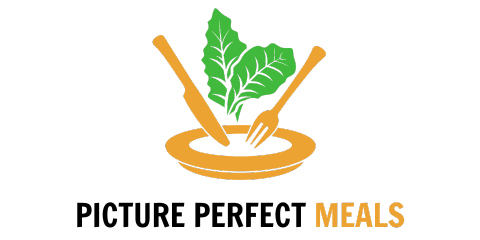
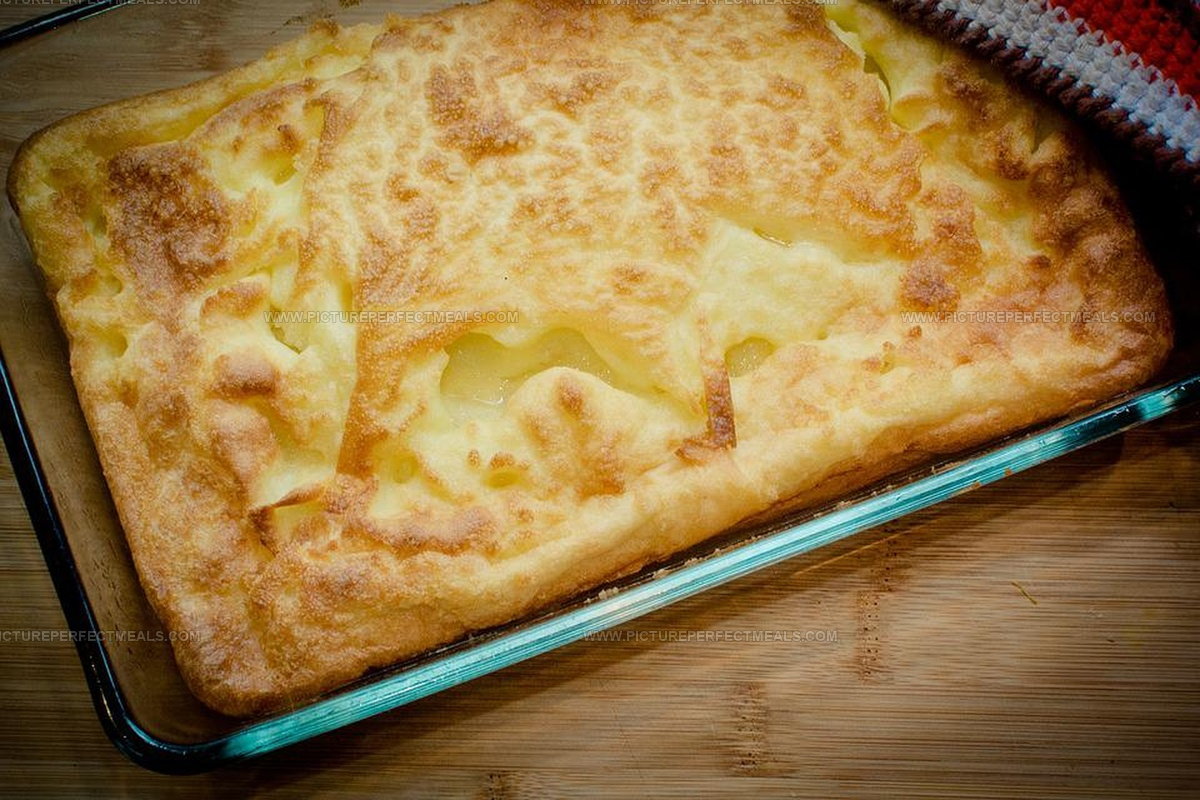
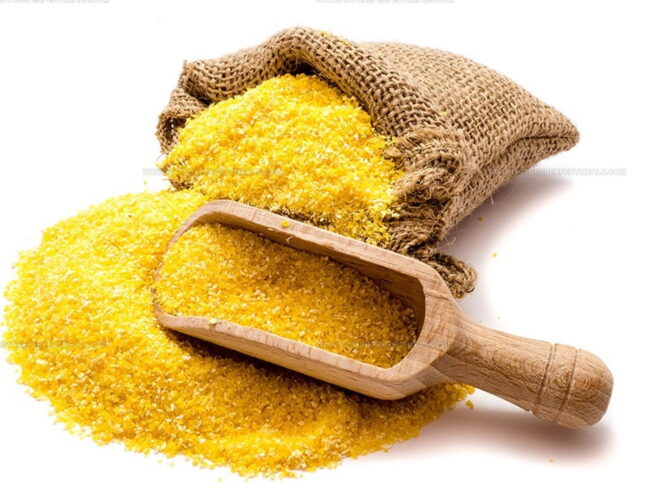
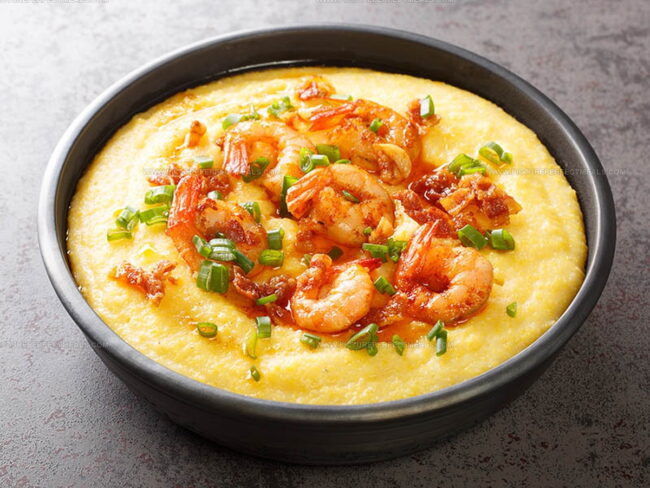
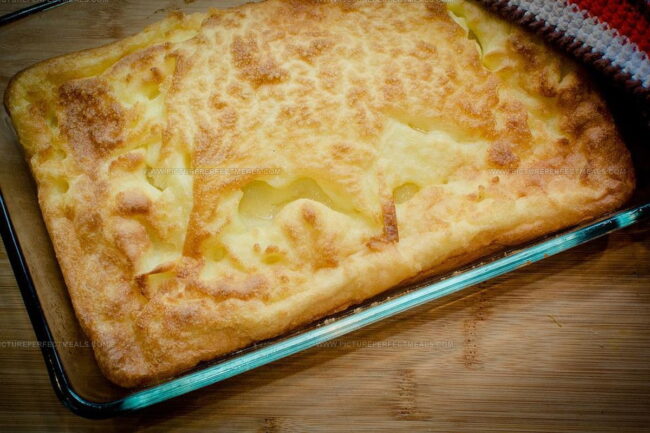
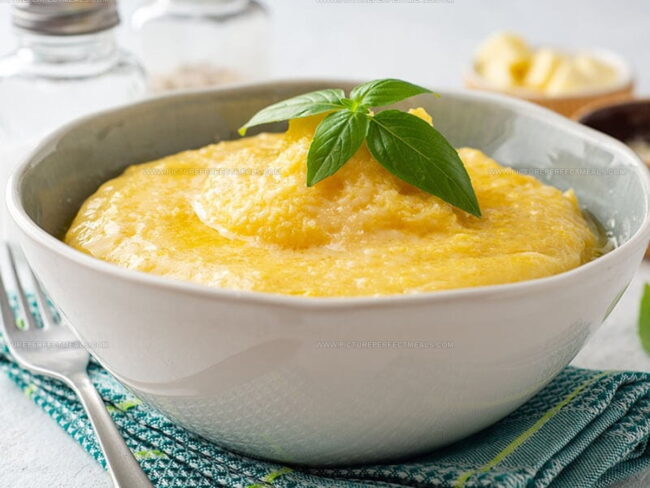
Jenna Hartley
Founder & Recipe Creator
Expertise
Education
Box Hill Institute, Melbourne
William Angliss Institute, Melbourne
Jenna is the heart of Picture Perfect Meals, turning simple ingredients into beautiful, easy‑to‑make dishes.
Growing up around family meals in Melbourne, she trained at Box Hill Institute and then perfected her pastry skills at William Angliss Institute. She loves mixing classic Australian flavors with fresh ideas to keep cooking fun and stress‑free.